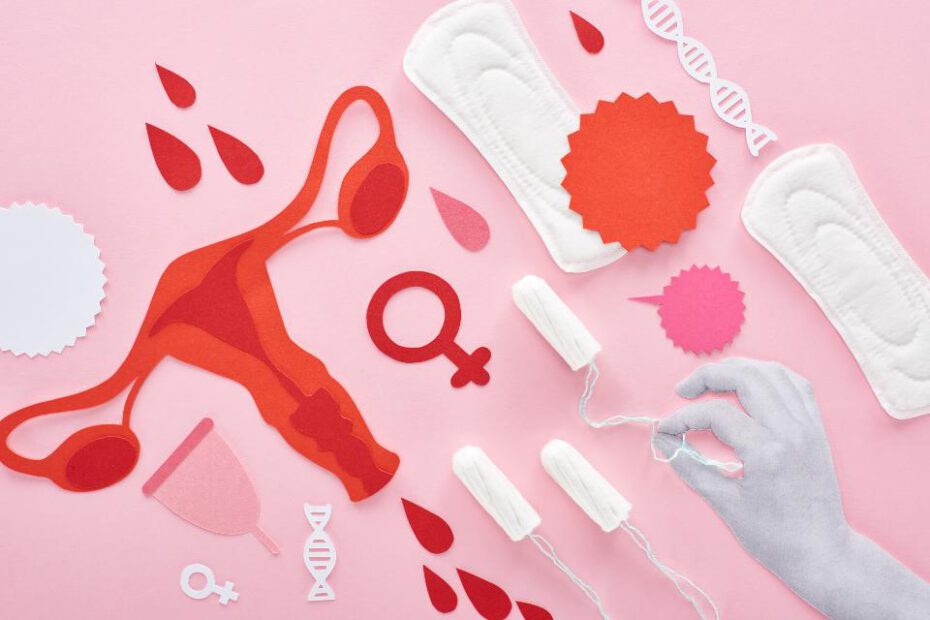Today marks this year’s annual Menstrual Health Day. To celebrate this we are highlighting two changemakers in the field of menstrual health – both on our instagram and in this mini-Q&A!
We as Stories To Action, interviewed two amazing young women creating change on menstrual health in their communities and the world at large. Meet Maria Carmen and Ananya!
Maria Carmen Punzi is a PhD researcher at the Rotterdam School of Management, where she is conducting the first study on social enterprises in the menstrual health field. She is currently also Innovation Advisor for the Menstrual Health Hub.She was formerly a Menstrual Health Focal Point for Population Services International.
Ananya Chhaochharia is an intersectional feminist working at the crossroads of gender and politics. She is an MPP candidate at Harvard Kennedy School, due to start school this fall. She work as a campaign strategist and started Paint it Red to combat the challenge of menstrual stigma and to create access to sustainable menstrual products.

About Maria Carmen: Maria Carmen Punzi is a PhD researcher at the Rotterdam School of Management, where she is conducting the first study on social enterprises in the menstrual health field. She is currently also Innovation Advisor for the Menstrual Health Hub.She was formerly a Menstrual Health Focal Point for Population Services International.
Maria Carmen, how can young people advocate for their menstrual health needs and rights during the COVID-19 pandemic?
‘Start small. Brainstorm about where you would need more support when it comes to your menstrual health needs: is it at school, is it at home? Join forces with your peers and present your requests to the adult in your life, explaining why and where you need them to back you up.’
Many people say that once the pandemic ends, we will be looking at a new normal. What is your hope for young people and their menstrual health in this new normal?
‘ I think this pandemic has revealed how important it is to be in touch with our own body and health. My hope for this new normal is that young people start seeing the menstrual cycle as a window to their health, a useful tool to understand hormonal phases and different moods.
In terms of infrastructures, I hope we will understand by the end of all this that menstrual products are necessary items and that they should be offered for free in all public spaces.’

About Ananya: Ananya Chhaochharia is an intersectional feminist working at the crossroads of gender and politics. She is an MPP candidate at Harvard Kennedy School, due to start school this fall. She work as a campaign strategist and started Paint it Red to combat the challenge of menstrual stigma and to create access to sustainable menstrual products.
Ananya, do you have any tips for people trying to maintain their menstrual health during the pandemic?
‘A huge impact of the pandemic is psychological. Maintaining mental health is equally important for menstrual health as is one’s physical health. I recommend doing light exercises/yoga every day + Be prepared with stocks of your menstrual products in advance. It is a good time to start maintaining a period calendar and/or period diary if one does not already do that and track the changes their body and mind is experiencing.’
In your opinion, is shame playing a bigger role now with COVID-19 and the different (lockdown) measures? What steps should be taken to overcome this?
‘It is difficult to say whether it is playing a bigger role than before but period shame during the lockdown has severely increased period poverty and caused a roll back in the progress made in menstrual rights sector. The constant shame has prevented womxn from demanding menstrual products causing them to suffer in solitude.The measures should come from the government’s side by creating speedy access to affordable products. It should be subsidised during this time and even add to the health/hygiene kits being given as a part of relief missions.
